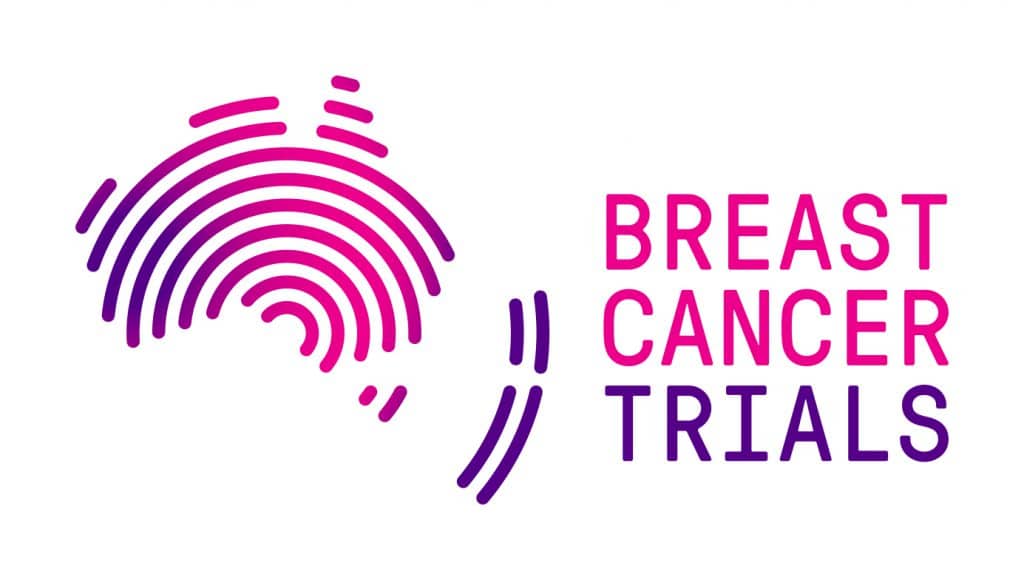New Treatment Option for Young Women with Hormone-Sensitive Breast Cancer
The survey was conducted by researchers of the Australia and New Zealand Breast Cancer Trials Group (ANZBCTG), in collaboration with the Breast Cancer Network Australia (BCNA), and the results were announced at the annual meeting of the San Antonio Breast Cancer Symposium in Texas, USA. The survey involved members of BCNA’s Review and Survey Group.
Approximately two thirds of women with early stage breast cancers have hormone receptor positive breast cancer and most will benefit from at least five years of adjuvant (post-operative) endocrine treatment with either an aromatase inhibitor (AI) or tamoxifen. AI’s are a commonly used class of breast cancer medication, and include letrozole, anastrozole and exemestane. Studies in the last decade have indicated that for post-menopausal women, AI’s are superior to tamoxifen in terms of disease free survival and in some instances overall survival. As a result, the use of AI’s has been increasing since their introduction in 2004 and in 2008 overtook that of tamoxifen.
The results of two international clinical trials show that the aromatase inhibitor, exemestane, is more effective than tamoxifen in preventing breast cancer recurrence in young women who also receive ovarian function suppression.
The combined results of TEXT (Tamoxifen and Exemestane Trial) and SOFT (Suppression of Ovarian Function Trial) were announced at the annual meeting of the American Society for Clinical Oncology (ASCO) in Chicago, USA and published online in the New England Journal of Medicine.
Younger women with breast cancer may have a poorer long term prognosis because the hormone oestrogen, which is produced by the ovaries before menopause, can stimulate the growth of cancer cells in patients with hormone-responsive breast cancer. If normal ovarian activity is stopped (ovarian function suppression), the production and action of oestrogen is decreased and growth of hormone-responsive breast cancer can be suppressed.
TEXT and SOFT examined whether exemestane, previously recommended only for postmenopausal women, is also effective for premenopausal women when combined with ovarian function suppression. Both TEXT and SOFT randomly assigned premenopausal women with hormone-sensitive breast cancer to post-operative treatment with exemestane plus ovarian function suppression for five years, or to tamoxifen plus ovarian function suppression for five years. The two trials were designed to be complementary and just over half the patients also received chemotherapy as decided with their doctor.
The studies found that treatment with exemestane plus ovarian function suppression reduced the risk of developing any invasive cancer by 28% and reduced the risk of developing further breast cancer by 34%, compared to treatment with tamoxifen plus ovarian function suppression. The research found that at five years, 92.8% of women remained free from breast cancer after treatment with exemestane plus ovarian function suppression, compared to 88.8% after tamoxifen plus ovarian function suppression.
The trials were conducted in Australia and New Zealand by the Australia and New Zealand Breast Cancer Trials Group (ANZBCTG). Worldwide 2,672 women were enrolled in TEXT, including 249 women from Australia and New Zealand. Similarly 3,066 women were enrolled in SOFT worldwide and of these, 240 women were from Australia and New Zealand.
Associate Professor Prue Francis, from the Peter MacCallum Cancer Centre in Melbourne and Vice Chair of the ANZBCTG’s Scientific Advisory Committee, chaired the International Steering Committee responsible for TEXT and SOFT and was the senior author of the publication of the results. Associate Professor Francis said the results are a significant step forward in treatment for young women with hormone-sensitive early breast cancer.
“This landmark study demonstrates better outcomes with an aromatase inhibitor combined with ovarian function suppression and presents a new treatment option for premenopausal women with hormone-responsive breast cancer,” Associate Professor Francis said.
“These trials were a global collaboration led by academic groups to the benefit of young women. They demonstrate the importance of clinical trials research to improve the outcomes and treatment options available to women, to reduce the chance of recurrence and to improve the quality of life for women.”
The ANZBCTG is Australia’s national organisation dedicated entirely to breast cancer research. It conducts a national clinical trials research program for the treatment, prevention and cure of breast cancer. The research program involves multicentre clinical trials and collaboration with 84 institutions and over 700 researchers throughout Australia and New Zealand and many more globally. More than 14,000 women have participated in ANZBCTG breast cancer clinical trials. The fundraising department of the ANZBCTG is the Breast Cancer Institute of Australia (BCIA). ANZBCTG participation in SOFT and TEXT was supported by a National Health and Medical Research Council (NHMRC) Project Grant, the International Breast Cancer Studies Group and by Pfizer Inc.
Media contact:
Anna Fitzgerald,
ANZBCTG Communications Manager
Phone: 02 4925 5255 or 0400 304 224
Email: anna.fitzgerald@anzbctg.org
Support Us
Help us to change lives through breast cancer clinical trials research

